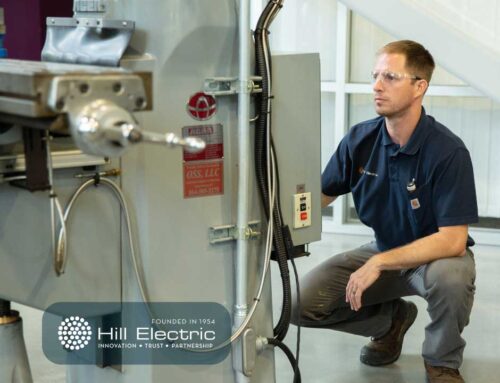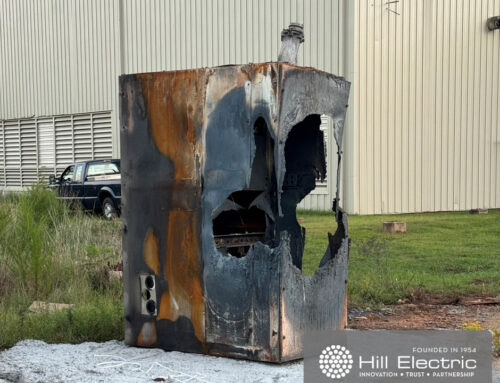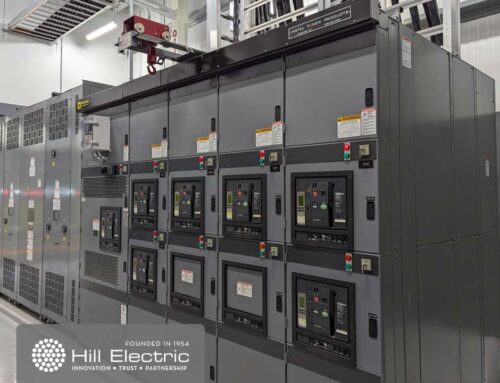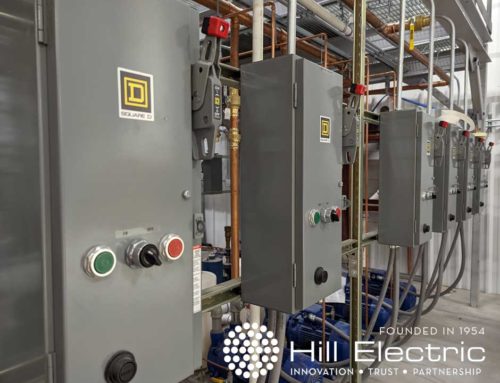Fiber optic installations have become indispensable in modern communication infrastructure, offering unparalleled speed and reliability. Fiber optic installations refer to the process of deploying fiber optic cables and associated equipment to establish high-speed data communication networks. Fiber optic cables, utilizing light signals for data transmission, offer superior bandwidth, speed, distance capabilities, and immunity to interference compared to conventional copper cables, which transmit data using electrical signals. So what are they used for?
Fiber optic cables are often used for the following purposes:
With their ability to transmit data at high speeds over long distances and immunity to electromagnetic interference, fiber optic networks have become the backbone of modern communication infrastructure.
When in need of optical fiber installations, it’s crucial to call a telecommunications professional. At Hill Electric Company, we recognize the importance of adhering to industry standards to ensure top-notch industrial installations. We are always working toward innovative technologies in manufacturing, which is why we follow BICSI and TIA/EIA Standards, whose guidelines we closely follow. We’re experts in fiber optic installations and splicing, which involves joining two fiber optic cables together to create a continuous optical path for data transmission.
BICSI and TIA/EIA standards provide a blueprint for quality, safety, and interoperability in fiber optic installations. By aligning with these standards, we guarantee that every aspect of our installations meets the highest industry benchmarks.
In the world of manufacturing technologies, our team of skilled technicians is trained to execute installations with precision and efficiency, ensuring seamless integration into existing networks. We’re certified to install the highest quality fiber products including, Legrand, Panduit, BICSI, Commscope, and Corning Optical Communications for our clients’ manufacturing plants.
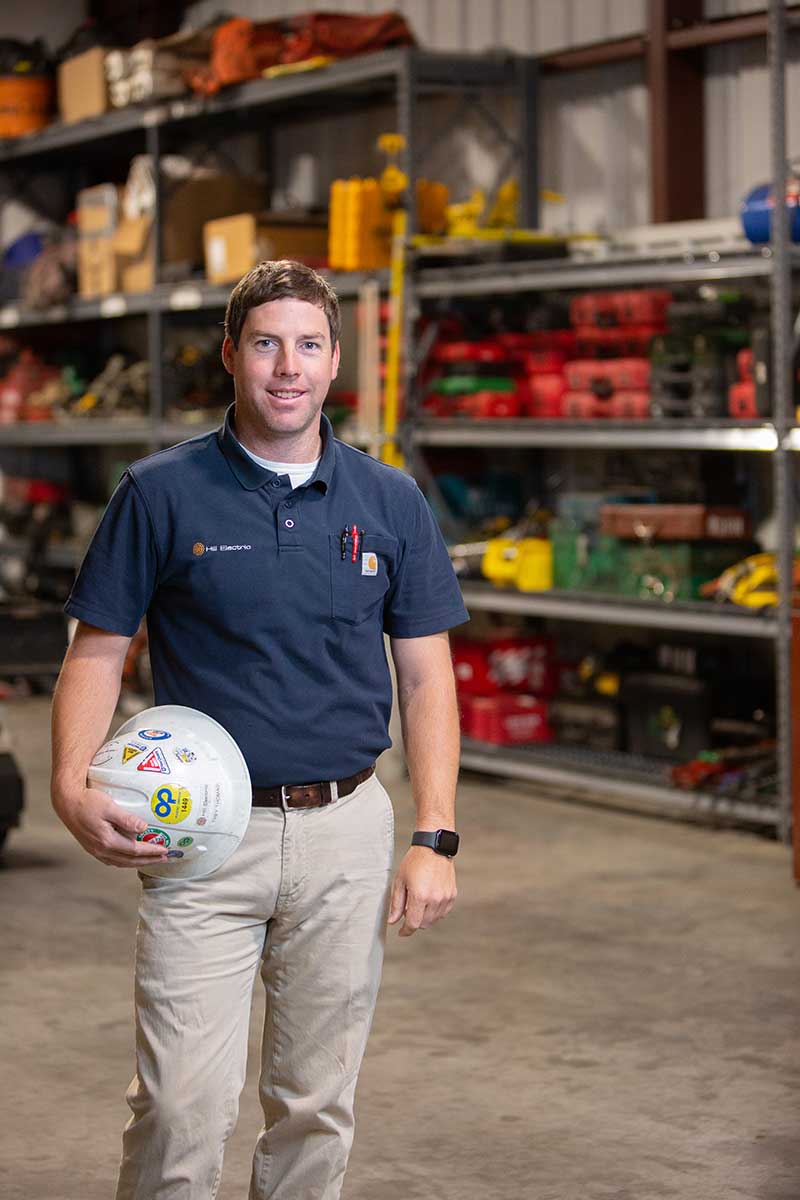
We also offer turnkey certified installations for industrial and healthcare facilities. With Hill Electric, clients can trust in reliable, high-speed connectivity that meets the demands of the digital age.
In the industrial workplace, installing fiber requires coordination and a plan for getting from point A to point B. Oftentimes in plants, you are not able to work above Employees or the equipment for safety and quality reasons.
For instance, a plant in Greenville, SC was installing redundant fiber throughout the plant between network cabinets. The initial steps were to find a different route than the current fiber, determine when and how the fiber could be installed, and meet the timeline assigned by the plant. The first two steps are always challenging. We had 12 runs that totaled to 21,000’ of fiber throughout the plant. Approximately half of the fiber had to be installed while the plant was shut down, which leads to the third item, completing the project on time. The amount of cable that needed to be pulled was more than time allowed during the shutdown. We determined we could take a different route, although a little longer, and pull during normal operations. This allowed us to complete the remaining fiber pulls during shutdown and complete the project on time.
In summary, our approach to fiber optic installations revolves around practicality and reliability, guided by the standards set forth by BICSI and TIA/EIA. With Hill Electric, clients can expect installations that deliver top performance today and into the future. Learn more about our commitment to safety, quality and service here.




